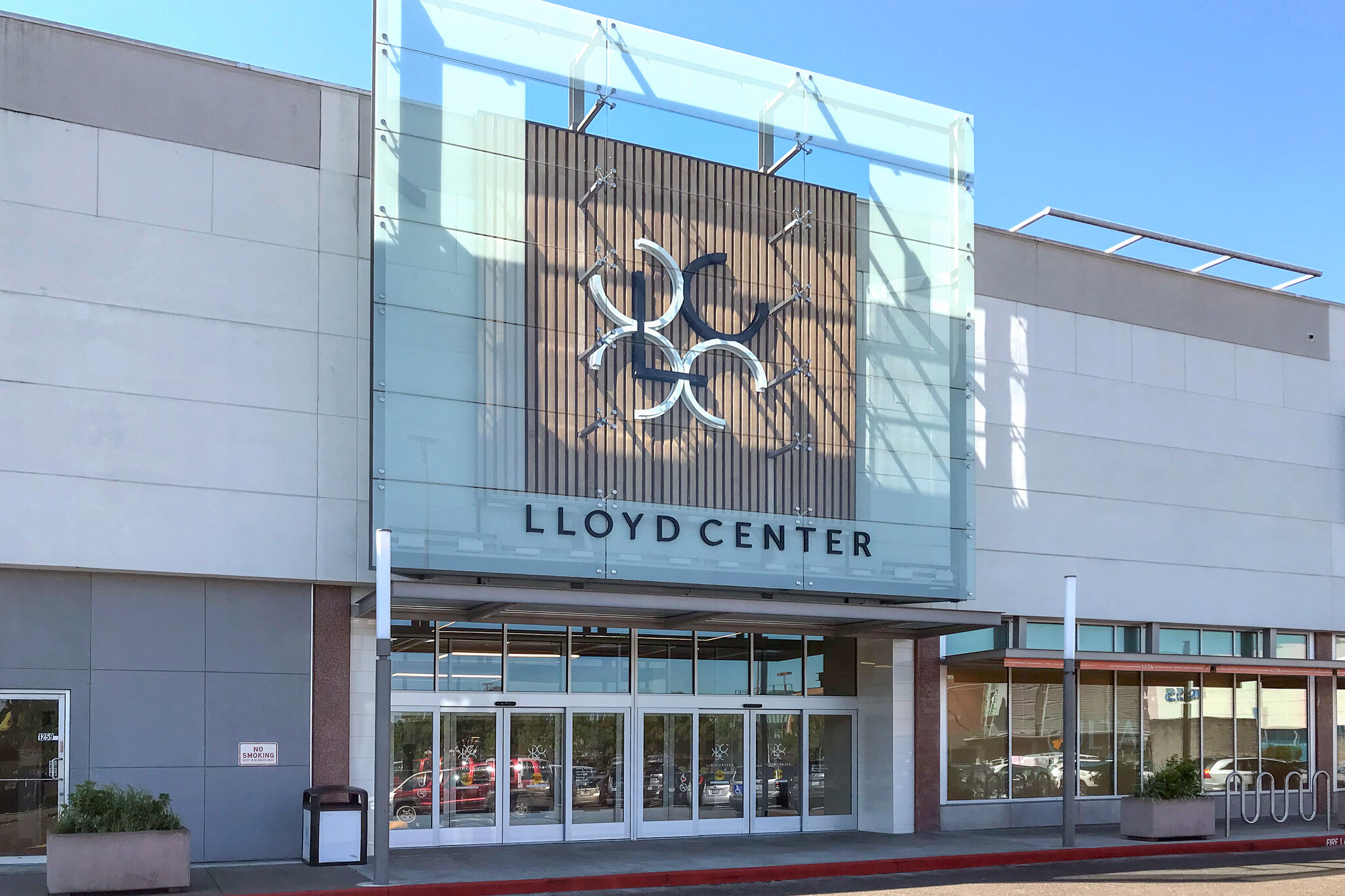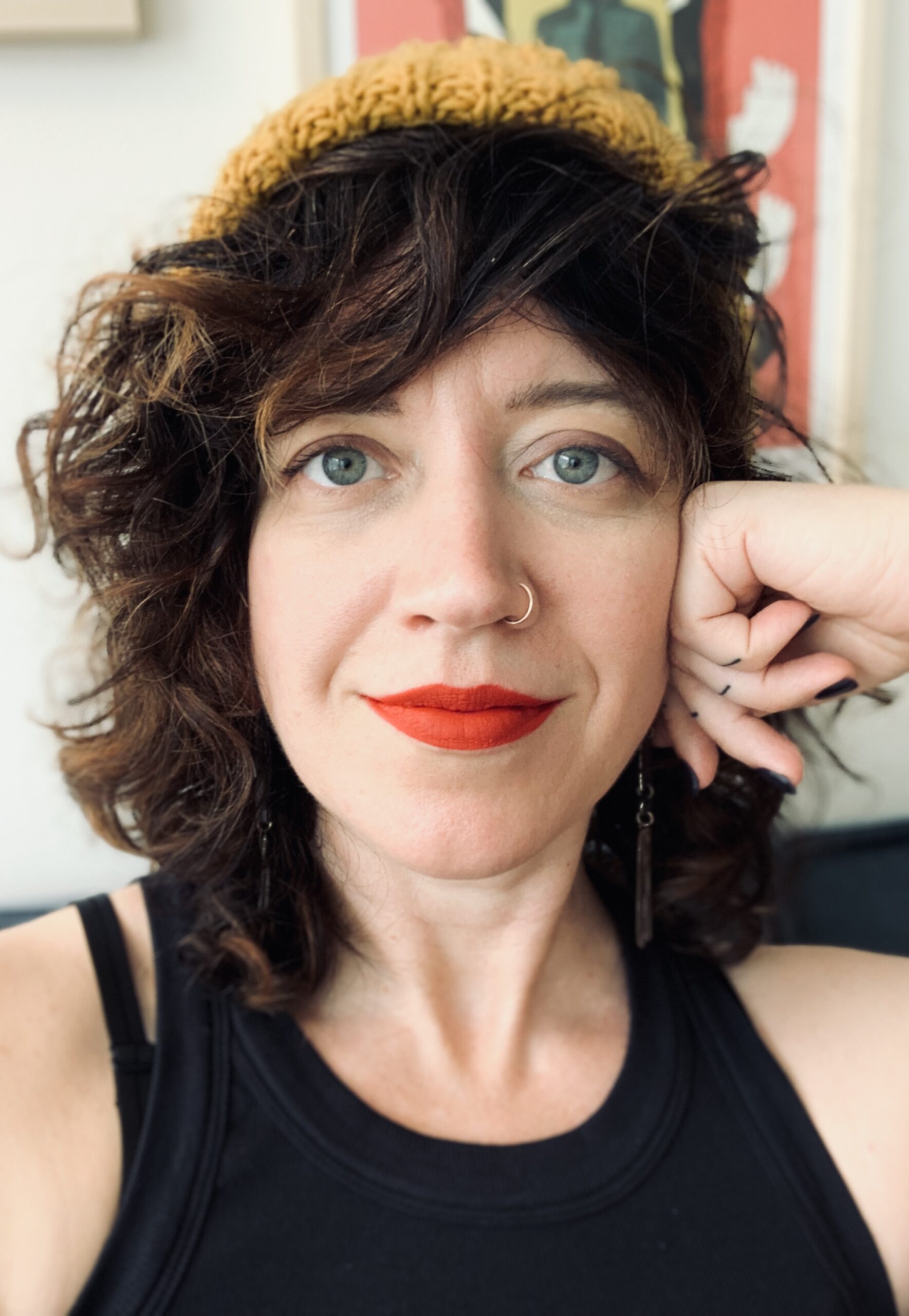
If you were watching TV (or reading novels) post-2020, you might have run across Station Eleven. It began as a book by Emily St John Mandal in 2014 and then was turned into a 10-episode HBO mini-series in 2021.
The story follows a group of performers who are caravanning across a post-apocalyptic midwestern United States. A flu pandemic has ravaged the world, leaving the relatively few people remaining to figure out ways to survive together. Rather than focus on the horrors and hardships of surviving after a collapse, this tale highlights the innate drive that humans have to create art and the ways in which we will tenaciously and beautifully hold onto each other and to life. It’s a gorgeous show. I highly recommend it.
But wait! I haven’t forgotten about the Lloyd Center! Here’s where they connect:
The latter half of Station Eleven is set in an airport somewhere in Michigan. Fifteen years after the collapse of modern civilization, hundreds of people have made this airport their home. There is a school in Concourse C, a Shakespearean play performed in a terminal, and a Museum of Civilization has been established in the Skymiles Lounge. People took this strictly functional infrastructure built for churning capital and turned it into something relevant, quirky, and undeniably beautiful.
If you’ve been to the Lloyd Center Mall in the past year or two, it’s evident that it is not the same space that it was pre-pandemic. The halls feel empty, it’s quiet, and almost all of the corporate stores have closed. But slowly, other folks have been moving in.
There are currently two different tattoo shops in the mall. In what looks to be an old Hollister or Abercrombie, there is a lovely vintage shop. There’s Brickdiculous, an independent Lego store and gallery. There’s Floating World Comics, a gorgeous comic shop with zines and graphic novels for readers of all ages. A friend of mine recently had an art installation at the old Family Portrait Studio. In one of the former older high-end jewelry shops, there’s now a lovely and affordable collection of imported jewelry from Turkey. The old Marshalls has been taken over by Trackers kids’ camp; I walked by children having archery practice in there one day. For a moment, there were plays in the old Victoria’s Secret. The ice rink is still there but is flanked by two new arcades. A few weeks ago, I took my children to a quirky Halloween Museum over the old Express- it was December 30th.
The list goes on. What was a normal sleepy mall in the town center has become entirely new. It feels undone, scrappy, and, most of all, it feels resilient.
Sometimes, I take my kids to the mall just to see what’s there now. It’s a place to get out of the rain, it’s not crowded, and there is a free public restroom. While there, I see elders resting on benches, mothers walking their newborn babies, and kids running down empty passageways. I browse the comics shop to see what’s new, and here and there, I grab a coffee at the new local spot that opened in the old Jamba Juice.
I also make sure to mention to my children how amazing it is that this space even exists. When everything around us is built only to make a profit, the Lloyd Center feels remarkable. In other countries, there are plazas and spaces for people to gather and just be. But in the US, outside of churches and libraries (both places where children need to be very quiet), we don’t have such indoor spaces. If we want to be out of the weather, we have to go shopping. As a parent in the Pacific Northwest, I am so appreciative to have an indoor space where we can stay dry and warm, and really feel like we’re in our community. A mall where we don’t need to frantically shop? It’s perhaps a bit unusual, but it exists.
I know the Lloyd Center won’t last much longer in its current iteration. It’s co-owned by Seattle’s Urban Renaissance Group and New York lender KKR Real Estate Finance Trust. The plan is to slowly begin demolition in the next year or two and to turn the space into some sort of mixed-use outdoor shopping and living situation (the ice rink will remain). It’s unclear what kind of housing will occupy those blocks, but if our current market is any indication, it will not boast especially accessible rental prices.
For now, however, it does feel like the People’s Mall. It’s a humble and charming testament to our tenacity and our desire to make strange and beautiful things, even in times that can feel dark or difficult. For children growing up in this world, I think showing them these examples of resilience and creativity is a gift. I hope Portland can continue to show up and support these efforts to keep our city, if not weird, then at least human.

Natalie is a mother, teacher, and writer, living in Portland. She loves exploring this wonderful city with her kids.
